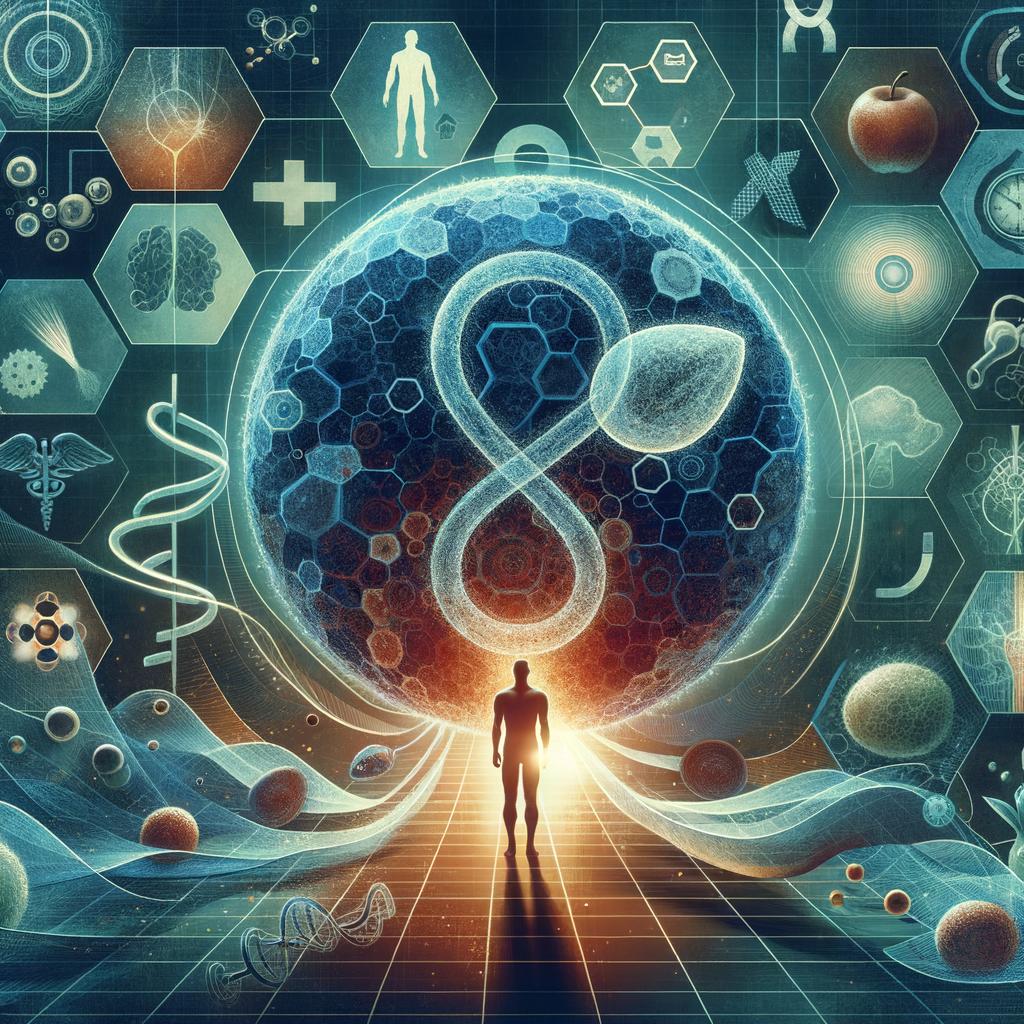Introduction: The Enigma of Prostate Cancer
Just like an unwelcome guest, prostate cancer shows up in men unannounced, silently causing havoc. There’s no avoiding the question many men are asking: How does prostate cancer develop? It’s a case of our body’s cells going rogue and dividing uncontrollably in the prostate – a small walnut-shaped gland that produces seminal fluid in men. This surreptitious enemy can be quite enigmatic, presenting no symptoms in the early stages but garnering strength to cause lasting damage if left unchecked. Through this article, we’ll pull back the curtain on this leading form of cancer in men by exploring its origin, the factors that increase its risks, and the progression from a benign state to malignancy.
The Genesis of Prostate Cancer
Like a sinister plot in a thriller movie, prostate cancer begins its deadly dance at a microscopic level. The culprits are certain cells in the prostate that start to change and grow uncontrollably. As these cells multiply, they form a tumor, which, like an iceberg beneath the ocean surface, can extend and invade nearby tissues if not discovered in its infancy.
A Battle of Cells
It’s like a good twin, bad twin scenario. Normal cells in our body follow a disciplined life. They grow, carry out their functions, and die off, only to be replaced by new cells. However, cancer cells, the malfeasant twins, refuse to expire. They have an incessant urge to multiply, building up a mass of cells that we refer to as a tumor.
Risk Factors: The Invisible Involver
Prostate cancer can be as insidious as a snake in the grass; it doesn’t reveal itself until it has advanced significantly. But like any cancer, certain risk factors work behind the scenes to escalate its development. Age, race, family history and certain genetic changes play a role in its inception. Lifestyle choices such as diet, smoking and exposure to certain chemicals can also tip the balance.
The Role of Genetics
Our genetic blueprint isn’t just responsible for our eye color or height. It can also be a proverbial Pandora’s box, containing hidden susceptibilities to diseases like prostate cancer. Certain inherited gene changes may increase the risk, while others may influence how aggressively the cancer grows.
From Benign to Malignant: The Turn of Events
When it comes to prostate cancer, it’s not a black-and-white scenario. It can start as a benign condition, known as benign prostatic hyperplasia (BPH). But like a chameleon, it can shift its character and become malignant. This daunting transformation doesn’t happen overnight but ensues gradually over time.
The Fine Line of Transition
The transition from benign to malignant is akin to crossing a thin line. In many cases, benign prostatic hyperplasia (BPH) tends to be a stepping stone. It starts not dramatically but subtly, with the enlargement of the prostate gland. This noncancerous condition, however, can set the stage for potential cancer development if not kept in check.
The Conclusion: Knowledge is Power
We’ve traveled a complex journey to understand how prostate cancer develops, spotlighting its clandestine origin, risk factors, and the transition from benign to malignant states. It’s a reminder that knowledge is indeed power. By keeping ourselves informed and prioritizing regular health check-ups, we can indeed change a potential health verdict.
Frequently Asked Questions
1. What are common early signs of prostate cancer? Remember, prostate cancer can be a silent stalker, often showing no symptoms in its early stages. However, as it progresses, men may experience difficulty urinating, blood in semen, discomfort in the pelvic area, and bone pain.
2. Who is most at risk for developing prostate cancer? Men aged 65 and older, African-American men, and men with a family history of prostate cancer are at a higher risk. Exposure to certain chemicals and smoking can also increase susceptibility.
3. Can a healthy lifestyle prevent prostate cancer? While a healthy lifestyle may not be a foolproof shield against prostate cancer, it can reduce the risk. Maintaining a healthy diet, regular exercise, and avoiding harmful habits like smoking can work wonders.
4. Is prostate cancer curable? With early detection and proper treatment, prostate cancer generally has a high survival rate. However, it’s crucial to stay vigilant and adhere to routine screening recommendations.
5. How often should men get screened for prostate cancer? It varies depending upon one’s individual risk. However, most health organizations recommend discussing this with your doctor around age 50 for those at average risk and earlier for those at higher risk.


